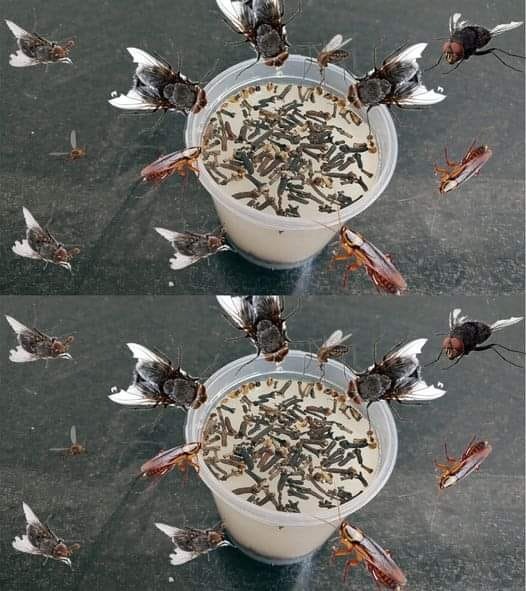Health Risks of Consuming Moldy Watermelon
• Food poisoning: Symptoms may include nausea, vomiting, diarrhea, and stomach cramps.
• Allergic reactions: Some individuals are highly sensitive to mold and may experience respiratory issues, skin rashes, or other allergic symptoms.
• Mycotoxin exposure: Certain molds produce toxins that can affect liver function, immune system health, and even lead to long-term complications.
Because of these risks, it is crucial to handle moldy watermelon properly and not attempt to salvage it.
Step-by-Step Guide to Handling Moldy Watermelon
If you discover mold on your watermelon, follow these steps to ensure safe disposal and prevent contamination in your kitchen.
Step 1: Inspect the Watermelon
• Look for white, green, or black fuzzy patches on the rind or exposed flesh.
• If you notice a sour or fermented smell, this is another indication of spoilage.
• Soft, slimy, or discolored areas may also signal bacterial growth.
Step 2: Do Not Cut Off the Moldy Part
• Many people assume that removing the moldy section makes the rest of the fruit safe to eat. This is false because mold spores spread beneath the surface, even if you can’t see them.
• Cutting into a moldy watermelon could release more spores into your kitchen, contaminating surfaces and utensils.
Step 3: Dispose of the Watermelon Safely
• Wrap the watermelon in a plastic bag to contain the mold spores.
• Throw it in the trash—do not compost it, as mold can spread through organic waste.
• If the watermelon is leaking juice, clean the area immediately to prevent mold and bacteria from spreading.
Step 4: Sanitize Everything That Touched the Watermelon
• Wash your hands thoroughly with soap and warm water.
• Clean any cutting boards, knives, or countertops that may have come into contact with the watermelon.
• Use a disinfectant (such as a diluted bleach solution or vinegar) to kill any lingering bacteria or mold spores.
How to Prevent Watermelon from Molding
To avoid wasting watermelon and keep it fresh for longer, follow these simple storage tips:
1. Store It Properly
• Keep whole watermelons at room temperature if you plan to eat them within a few days.
• Store cut watermelon in an airtight container in the refrigerator and consume it within 3–5 days.
2. Avoid Moisture Buildup
• Moist environments promote mold growth, so keep cut watermelon in a dry, sealed container.
• Use paper towels to absorb excess moisture inside the container.
3. Check for Signs of Spoilage Before Purchase
• Choose firm, heavy watermelons with no soft spots, bruises, or visible mold.
• If the rind has deep cuts or openings, bacteria may have already entered the fruit.
4. Keep Your Refrigerator Clean
• Mold spores can spread inside your fridge, so regularly clean shelves and drawers with vinegar or baking soda solutions.
Final Thoughts
Moldy watermelon is a serious health risk and should be discarded immediately. Even if only a small portion appears affected, mold spores and bacteria can spread throughout the fruit, making it unsafe to eat. Always inspect your watermelon before consuming it, store it properly, and sanitize any surfaces that come into contact with spoiled fruit.
By following these steps, you can enjoy fresh, safe watermelon while minimizing food waste and protecting your health.






